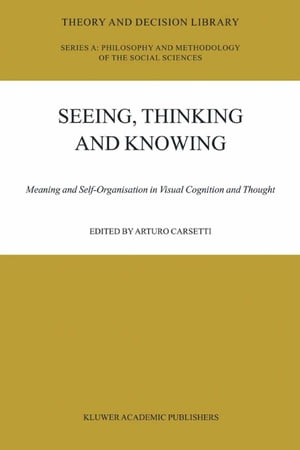seeing 関連ツイート
RT @tadayhbjit: In the box.はご本家の作品の中でも最高傑作じゃん?て思うくらい凄い作品だと思ってるんだけど、何が凄いって あの震災時に感じた、実際に被災している方々に何を言ったらいいのか本当にわからないっていう、比較的安全な場所にいた我々が思うどうしょ…
@seeing_suika 2018/05/20 22:16
RT @michiyo36073050: 🌆シェークスピアのアテネのタイモン追加公演行ってきた🎵よかった((((*゜▽゜*))))💐❇I was impressed by seeing the stage of Life of Timon in Athens in Willia…
@xeY0m8BsNpsaHrD 2018/05/21 00:15
「誰か付き合っている人いるの?」
Are you seeing anybody?
ちょっと気になる相手に、付き合っている人がいるかいないか確かめたい時、これで聞いてみてください…@syo_0407eg 2018/05/20 20:02
